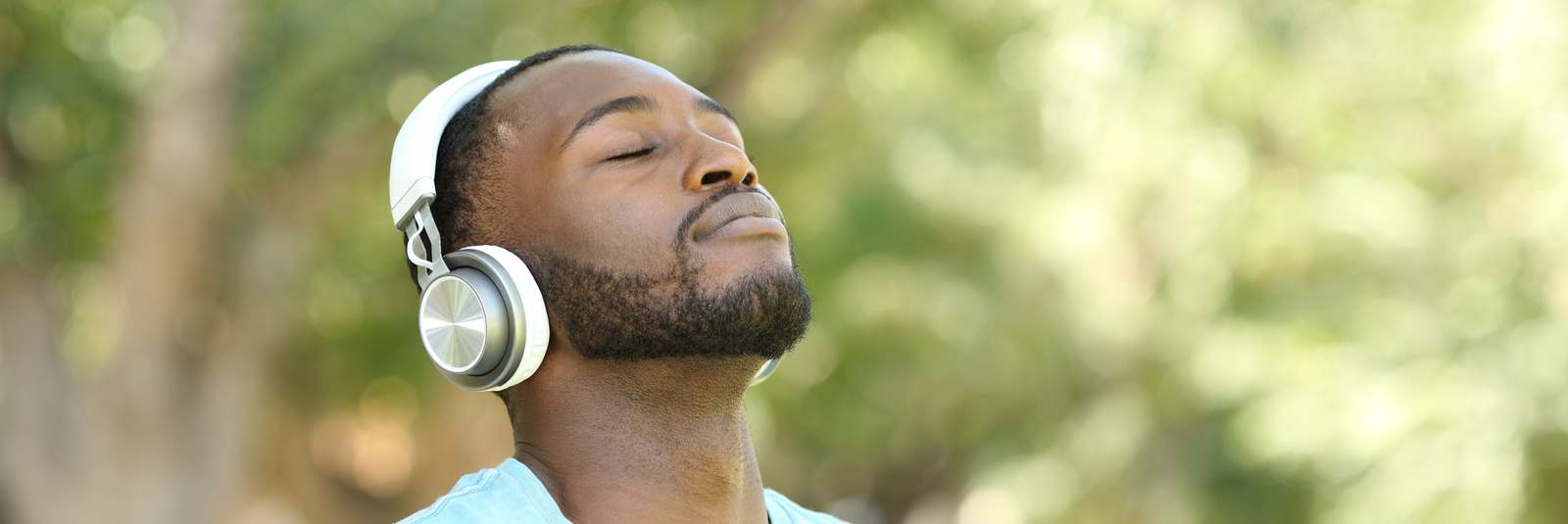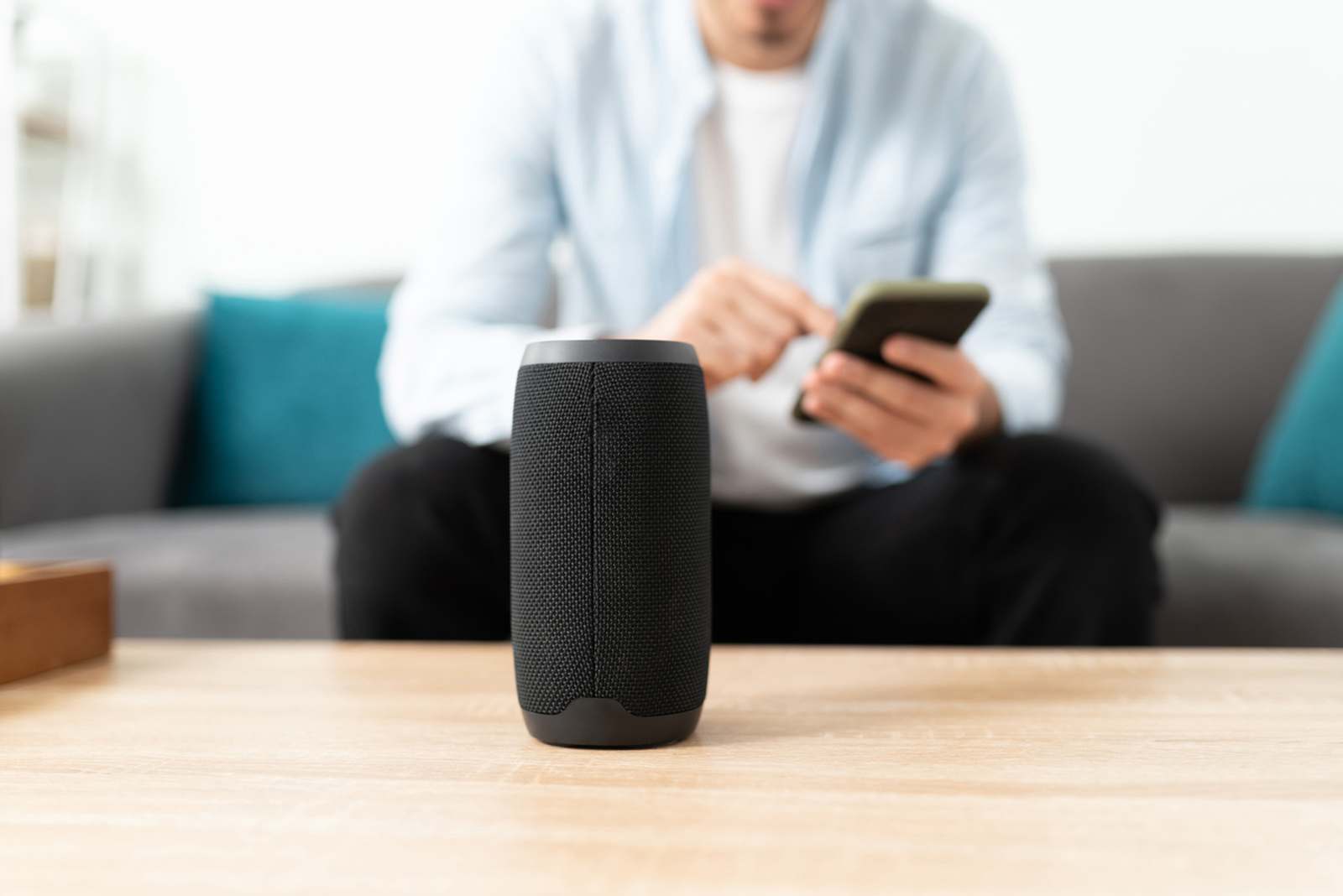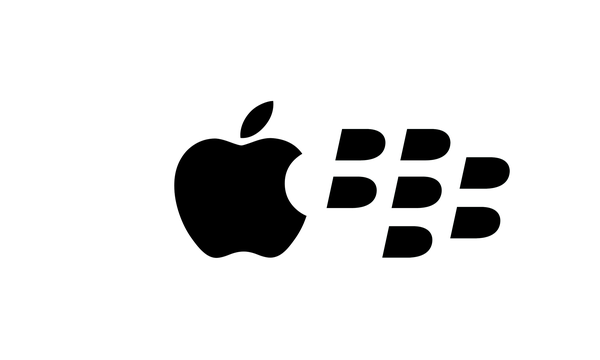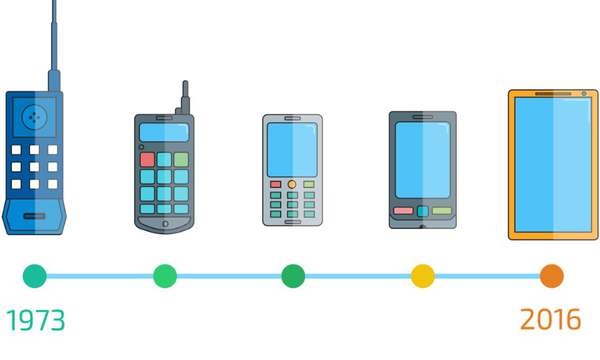
Introducing Bluetooth LE Audio
The success of Apple’s Airpods has outstripped the iPhone, going from zero shipments in 2016, when they were launched, to over a hundred million in 2021. Their success has spawned intense competition, with estimates of between 300 and 500 million True Wireless Stereo earbuds having been sold last year.
Wireless audio has evolved at a bewildering pace. Back in the late 1990s there were a few proprietary solutions where you could attach a rudimentary adapter into the base of a mobile phone. But for most, the accepted way to connect your ears to any electronic source of music was to plug a wired headset into the 3.5mm socket.
Although Bluetooth started with the desire to cut the headphone cable, it took time to change people’s minds. Sales of handsfree headsets only began to take off when Government legislation around the world began to make it illegal to hold a mobile phone whilst driving. That persuaded phone manufacturers to include Bluetooth chips in their phones, which put in place the foundation for Bluetooth’s dominance in wireless audio.
The figure below shows the successive growth phases. The A2DP profile added support for stereo music to the mono telephony of Hands-Free profile, but it wasn’t until music streaming services like Pandora and Spotify began to emerge, that anyone began buying Bluetooth stereo headsets. From 2011 to 2016, sales of Bluetooth headphones closely mirrored the growth of Spotify subscribers, showing that content pulled sales of wireless headsets, rather than vice versa. In 2016, AirPods arrived, and everything changed again. The question the industry needs to consider is, “What comes next?”
Just before Christmas, the Bluetooth SIG published the final documents in its first release of Bluetooth LE Audio. It’s been the largest single development in the history of Bluetooth specifications, taking around eight years to complete and comprising 25 new or updated documents, with over 1,250 pages of specification. Its aim is ambitious, the intent being to provide the platform for the next twenty years of wireless audio development.
Bluetooth LE Audio is poised to kickstart another phase in audio applications. It builds on the applications which are already successful in the market. For products like earbuds and hearing aids, it removes the need for the proprietary extensions which are required for today’s True Wireless Stereo earbuds, leading to full interoperability between products and applications. It includes a new, state of the art codec, called LC3, which provides excellent audio quality and higher efficiency. That, along with the power savings available by running over Bluetooth LE, means that designers have more freedom in their designs, being able to offer longer battery life, or enhanced audio processing. It also allows much lower latencies, so that a Bluetooth LE audio signal can be used alongside a normal acoustic path.
Those features improve today’s wireless audio experience, but the real game-changer is the introduction of a broadcast capability. At its simplest, this allows a transmitter to send the same audio streams to multiple devices. Since the arrival of Sony’s Walkman, back in 1979, friends have shared earbuds to listen to music. With Bluetooth LE Audio you really can cut the cables, allowing any number of people to listen to the same audio stream.
|
GET CW JOURNAL ARTICLES STRAIGHT TO YOUR INBOX Subscribe now |

It isn’t just about sharing personal music from your phone. Broadcast Audio can be used for public announcements, such as travel information, or to tune into a television's audio feed in a public place. That’s a use case which is very similar to what hearing aid wearers can experience today with the inductive loop telecoil system. With Bluetooth LE Audio, this capability can be extended to high quality music that can be received by any LE Audio earbud or hearing aid. Unlike inductive loops, it’s simple to install, so any venue, such as a gym, bar or coffee shop can provide multiple audio streams for their customers.
These broadcast streams also support metadata to describe their content. This allows users to select what they want to hear, where there are multiple, different broadcasters within range. In the same way that phones can detect Wi-Fi access points, a similar scan can provide a list of broadcast audio streams that are within range. Clicking on any of the broadcast sources would switch your earbuds to receiving the selected audio stream.
Looking further forward, the same metadata can also be used by apps to detect public audio broadcasts to incorporate location specific audio information into whatever you’re listening to, opening up the possibility of adding local audio into applications. For example, think of a travel app which can pick up broadcast information from local transmitters and mix it into your music to tell you which way to walk, or which bus to catch. It’s a logical step for audio augmented reality, where relevant information is whispered into your ear. As we move past peak smartphone, it provides a further reason to keep your phone in your pocket, moving desirability and engagement from smartphone to earbud.
Because broadcasts are one way, they take advantage to the much higher link budget from an infrastructure transmitter to the earbud (the reverse link budget is limited by power constraints and antenna size within an earbud or hearing aid), which means that the range is significantly greater than conventional Bluetooth or Wi-Fi, so a single transmitter is able to cover large rooms and venues.
The broadcast streams can also be encrypted and authenticated, allowing them to be used for ad-hoc, private conversations, such as talking to someone at a ticket desk or hotel reception. It means that you’re likely to wear an earbud for longer, much like a hearing aid user, so the lower power consumption of LE Audio is particularly useful.
The new Bluetooth LE specifications support an incredibly wide range of applications. The industry support has been excellent, with multiple silicon vendors offering compliant chips for transmitters (typically phones, TVs and independent broadcast devices) as well as for earbuds, headphones and speakers. The underlying Core features were introduced in the 5.2 release, which means that many devices are already hardware capable. Although it always takes time from the adoption of a wireless standard to products and applications appearing in the market, in the case of Bluetooth LE Audio, it looks as if we will see the first products appearing very soon.

Cambridge Wireless has been at the forefront of explaining these new developments to its members, with a pair of recent seminars which are available as training resources.
To provide more detailed information, I’ve just published a book to help explain how the various specifications fit together and present the potential applications. It’s called “An Introduction to Bluetooth LE Audio” and is now available for purchase in paperback or hardback from Amazon. A digital version is also available for download from the Bluetooth SIG website.
|
GET CW JOURNAL ARTICLES STRAIGHT TO YOUR INBOX Subscribe now |
For the past thirty years Nick has been closely involved with short range wireless and communications, designing technology that helps to bring mobility to products, particularly in the areas of telematics, M2M, IoT, wearables, smart energy and mobile health. He is closely involved with the Bluetooth SIG, the Continua Alliance and other medical and wireless standards bodies. He is the author of 'The Essentials of Short Range Wireless' - a book attempting to explain the application of wireless technology to product developers.











